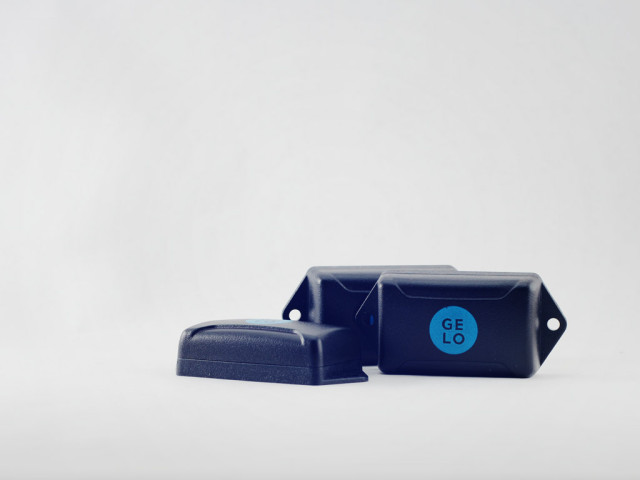Pattern is embracing ibeacon
ibeacon was developed by Apple and built into their IOS operating systems, starting with version 7.0. The technology lets retail stores and other businesses send messages directly to their customers’ smartphones by sending push notifications to their app with transmitters and a low powered Bluetooth connection. So basically, you can talk directly to your audience based on where they are within your location.
- All weather ibeacon
- Arduino Prototype
You can see the benefit of a retail store being able to send today’s sale item to a customer who just came in via the store’s app. Just imagine how cool this technology could be for interactive installations, museums, theme parks or even home automation. (How nice would it be to pull up to your house and have the door unlock and the lights turn on instead of fumbling in the dark for your keys while carrying seven bags of groceries?)
ibeacons can provide a cost-effective wayfinding/ navigation system. They can also be a fun way to augment an existing app. Say you run an art gallery. Just as your patron is walking up to the Monet, his phone vibrates with new info about that very painting. With ibeacons, your existing app essentially becomes a smartapp – it knows what your audience is looking at and can immerse them in a whole art gallery experience.
We’re pumped to work with this technology, so we decided to create our own ibeacon using a Bluetooth-enabled microcontroller running Linux. Our website hosting environment uses the same Linux OS, so this was a fairly simple build that we tested with an app designed to find ibeacons for testing. (Bonus: we discovered that newer Android phones support the ibeacon technology too.) Of course with all new technology, there is a learning curve and discovery process. Understanding the core functionality and how it works is sometimes different from how you actually implement the technology. But we had a blast learning more about how the device and ibeacons work.
After successfully interacting with the ibeacon, our next step is putting the code into an app. We also have several ibeacons (not made by us in an afternoon) on order and are particularly interested in some of the products by GELO – they provide a rugged, waterproof and climate-resistant shell with a battery life of two years. We’re definitely skeptical of the battery life outdoors in Winnipeg, so the plan is to freeze one in water, bury one in the mud and put one in the freezer to test battery life. We’re also thoroughly examining the user experience with ibeacons to determine best uses for this technology so we can confidently recommend when and where it will serve our clients best.
Categories
- Custom Electronic Devices
- Interactive Installations
- Prototypes










